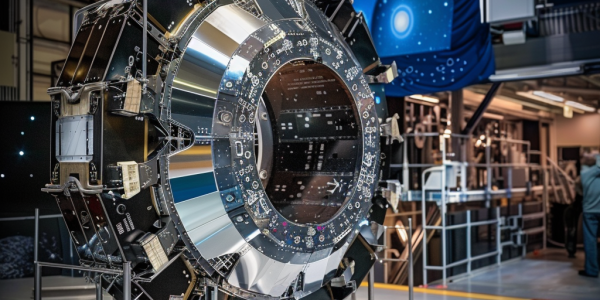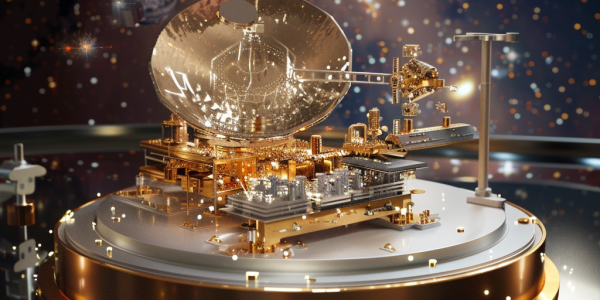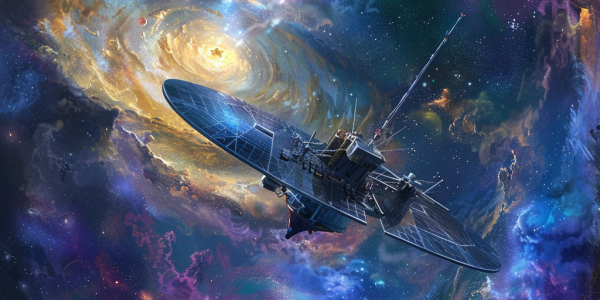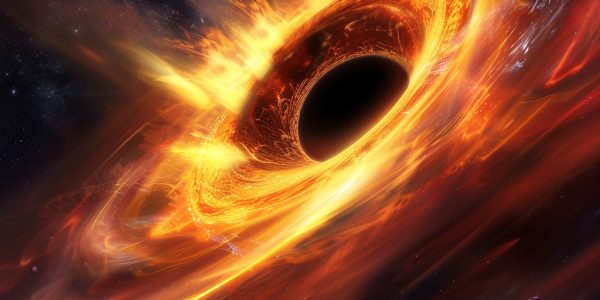NASA Completes Integration of Roman Space Telescope Payload
NASA has successfully integrated the payload for the Roman Space Telescope, a key milestone in its mission to explore dark energy, dark matter, and exoplanets. With advanced instruments like the Coronagraph and a 300-megapixel Wide Field Instrument, the telescope aims to enhance our understanding of the universe. Scheduled for launch in May 2027, the Roman mission promises groundbreaking discoveries in astrophysics and cosmology.
NASA Integrates Key Instrument for Next-Gen Exoplanet Exploration
NASA’s integration of the Roman Coronagraph Instrument into the Nancy Grace Roman Space Telescope marks a pivotal advancement in exoplanet exploration. Set to launch in May 2027, this next-generation observatory will revolutionize our understanding of distant worlds, enabling the detection of light from planets 100 million times fainter than their stars. With a wide field of view and groundbreaking technology, the Roman Space Telescope is poised to unlock secrets of the universe and potentially identify Earth-like planets capable of supporting life.
NASA Advances KU’s PRIMA Mission for $1 Billion Astrophysics Project
NASA has announced the advancement of the PRobe far-Infrared Mission for Astrophysics (PRIMA), co-led by KU’s Elisabeth Mills, to the next stage of consideration for a groundbreaking $1 billion mission aimed at exploring the cosmos in the 2030s. This mission focuses on detecting far-infrared radiation to unlock secrets about the formation of planets, galaxies, and the origins of Earth’s water, marking a pivotal moment in astrophysics research.
NASA Discovers Record-Setting Triple-Star System TIC 290061484
NASA’s Transiting Exoplanet Survey Satellite (TESS) has discovered TIC 290061484, a record-setting triple-star system in the Cygnus constellation, located 5,000 light-years from Earth. This unique system features the closest three-star arrangement ever observed, with two stars orbiting each other every 1.8 days and a third star completing its orbit every 25 days. The discovery highlights the significance of citizen scientists and promises to enhance our understanding of stellar formation and evolution.
Nasa Unveils Mind-Bending Black Hole Simulation Video
Nasa unveils a mind-bending video created using a supercomputer, showcasing the experience of falling into a supermassive black hole. The simulation explores the universe’s appearance as one ventures into the depths of the black hole, providing a deeper understanding of these enigmatic cosmic phenomena.
NASA’s Tiny 36-Pixel Sensor Revolutionizes Space Science
NASA’s newest camera, the X-ray Imaging and Spectroscopy Mission (XRISM), has a groundbreaking 36-pixel image sensor, challenging the norm of high-megapixel sensors. Learn how this tiny yet mighty sensor is revolutionizing space science.






